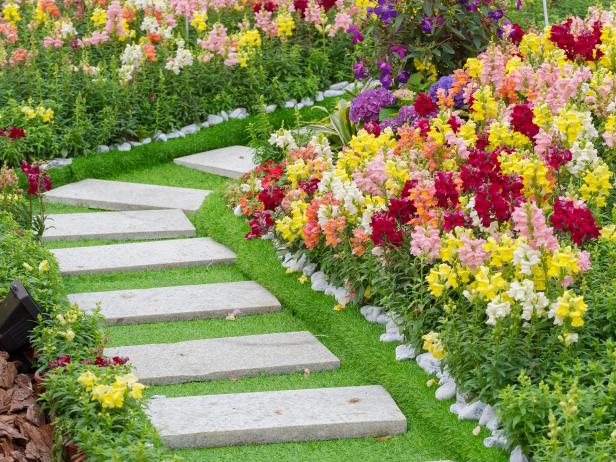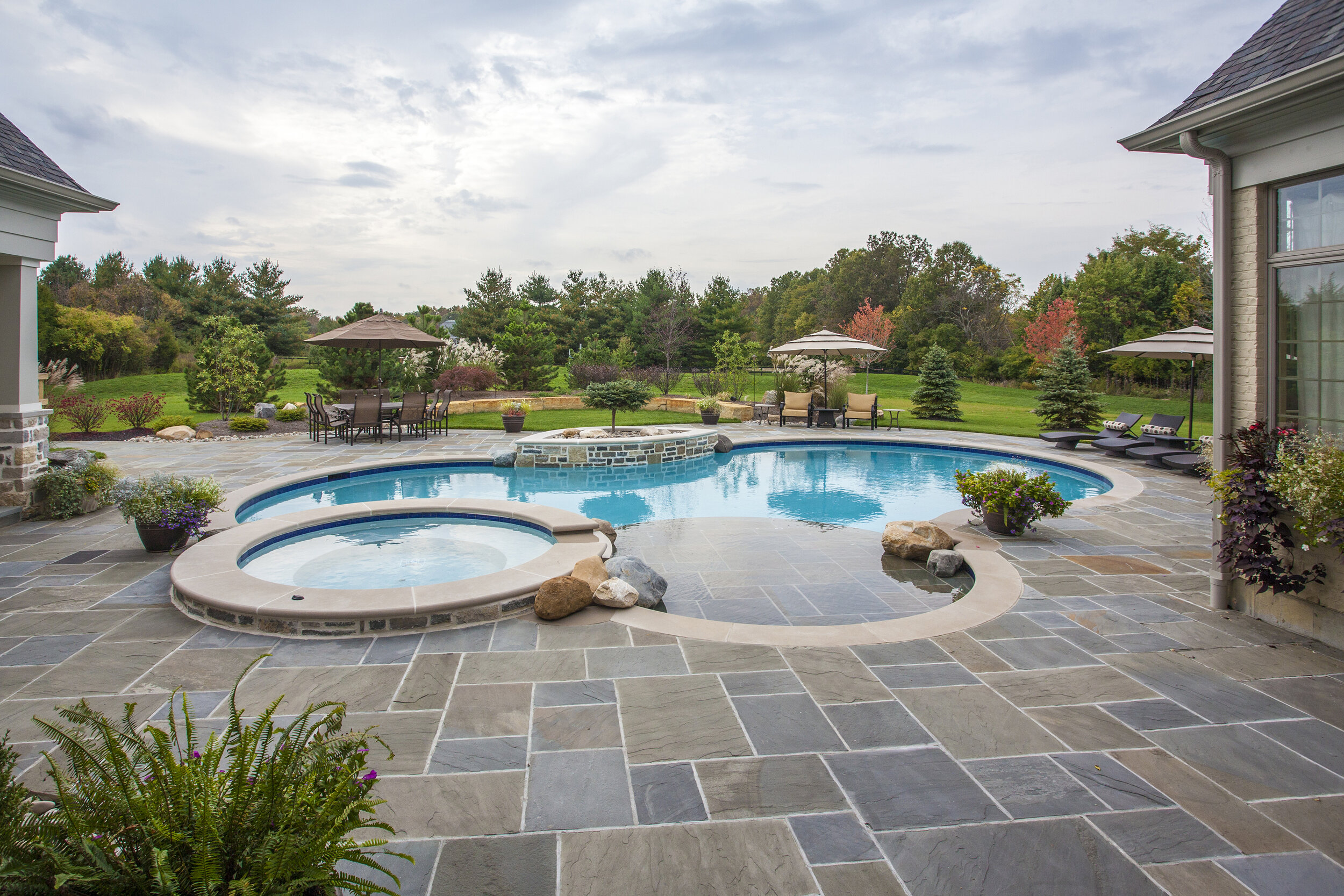Elevate Your Outside Way Of Living with Premier Las Vegas Landscaping Providers
Elevate Your Outside Way Of Living with Premier Las Vegas Landscaping Providers
Blog Article
The Value of Comprehending Different Sorts Of Landscaping for Your Garden
Understanding the numerous kinds of landscaping is a necessary element in crafting a garden that not just shows personal taste however likewise fulfills eco-friendly requirements. Each landscape design design-- be it official, cottage, lasting, or urban-- provides distinctive benefits that can significantly influence the general health and wellness and visual appeals of your outside space.
Benefits of Landscape Design Expertise
Comprehending the principles of landscaping supplies various advantages for both amateur and seasoned gardeners alike. A solid grasp of landscaping principles allows individuals to develop practical and aesthetically enticing outdoor areas that align with their personal choices and the particular features of their yards.
One significant advantage is improved environmental health. Expertise of indigenous plants and lasting methods permits gardeners to cultivate ecological communities that advertise biodiversity while reducing the demand for chemical fertilizers and chemicals. Furthermore, comprehending soil kinds and drain can cause healthier plant development and reduced erosion.
Landscaping understanding also boosts the visual value of a residential property. By learning more about layout elements such as texture, shade, and scale, gardeners can produce natural and welcoming landscapes that enhance visual charm. This not only boosts individual satisfaction but can also improve building value.
In addition, educated gardeners can save time and sources. Acknowledging the right plants for specific problems, such as light and moisture levels, guarantees that efforts are not lost on improper choices. Eventually, a detailed understanding of landscaping empowers people to make informed choices, cultivating a more rewarding gardening experience.
Overview of Landscape Design Kinds
Landscape design encompasses a range of methods and styles, each customized to fulfill the unique demands and choices of gardeners. Recognizing these diverse kinds is critical for creating an outdoor room that lines up with environmental factors to consider and private preferences.
One popular kind is traditional landscaping, characterized by structured layouts, well-defined flowerbeds, and the use of balanced growings. This style often stresses a feeling of order and harmony within the garden - Commercial Landscaping. On the other hand, naturalistic landscape design concentrates on resembling the elegance of nature, making use of natural types and native plants to develop an extra unwinded and casual atmosphere
Lasting landscaping has actually gotten traction, advertising environment-friendly techniques that preserve water and decrease chemical usage. This strategy typically includes xeriscaping, which makes use of drought-resistant plants ideal for dry environments. Additionally, urban landscaping addresses the challenges of limited area in city atmospheres, frequently utilizing upright gardens and roof areas to make the most of greenery.
Official Landscaping Explained
Defined by its precise design and structured elements, formal landscape design develops an atmosphere of elegance and sophistication in outdoor spaces. This design emphasizes symmetry, geometric forms, and well-defined lines, often integrating manicured bushes, topiaries, and orderly flower beds. The overall impact is a refined and polished setting that draws interest to building attributes and boosts the elegance of the bordering landscape.
In formal landscape design, paths are usually straight and might be lined with consistent products such as brick or rock. These paths typically bring about centerpieces such as fountains, sculptures, or ornamental trees, further improving the organized nature of the layout. Color schemes have a tendency to be a lot more restricted, concentrating on harmonious read here mixes that advertise a tranquil atmosphere.
Water attributes in formal landscapes are typically developed with accuracy, often appearing as rectangle-shaped or circular pools. The cautious placement of plants is critical, with species picked for their capability to preserve a neat look throughout the seasons. Generally, formal landscape design is optimal for those who value order and style, providing a timeless visual that can considerably elevate the worth and charm of outdoor areas.
Home Garden Attributes
Cottage gardens often evoke a feeling of beauty and fancifulness, blending a variety of plants in an apparently careless yet harmonious arrangement. Defined by their rich, informal layout, these gardens usually include a diverse mix of flowering perennials, herbs, veggies, and annuals. This varied growing not only develops visual interest however additionally brings in helpful pests and advertises a well balanced ecological community.
A vital characteristic of cottage gardens is their use typical materials and frameworks. Rock pathways, rustic fencing, and wooden trellises are frequently integrated to enhance the yard's enchanting appeal. Furthermore, the inclusion of seating locations, such as benches or arbors, urges leisure within this calm setting.
Shade plays a significant role in home gardens, with an emphasis on soft pastels and vivid hues that evoke a sense of fond memories. Flowers like foxgloves, roses, and hollyhocks are staples, typically intermingled with fragrant herbs such as lavender and thyme.
Cottage yards show an ideology of accepting nature's unpredictability, causing a special and welcoming area. By focusing on biodiversity and aesthetic beauty, they develop a picturesque setting for both garden lovers and informal viewers alike.
Sustainable Landscape Design Practices
Including lasting landscape design methods is necessary for producing ecologically pleasant gardens that flourish while lessening their environmental impact. Landscaping Company. Lasting landscape design concentrates on the effective use sources, advertising biodiversity, and boosting the natural environment
One secret technique is selecting native plants, which are well-adapted to neighborhood conditions and require less water, plant food, and pesticides. This not only conserves resources however additionally sustains local wild animals, including pollinators. Implementing water-efficient watering systems, such as drip watering or rain harvesting, even more preserves water while making sure that plants obtain ample moisture.

Furthermore, decreasing lawn locations and including hardscaping components can reduce upkeep and resource use. These techniques advertise a more sustainable landscape that calls for less inputs and provides environmental advantages. By embracing these methods, gardeners can develop areas More hints that are not only beautiful however additionally contribute positively to the environment, cultivating a harmonious equilibrium in between nature and human activity.

Final Thought
In conclusion, a comprehensive understanding of various landscaping types is vital for developing a visually pleasing and ecologically lasting garden. Ultimately, accepting varied landscaping techniques cultivates an unified connection between exterior rooms and their settings, advertising long-lasting eco-friendly balance.
Understanding the numerous types of landscape design is an essential element in crafting a yard that not only mirrors individual taste however also meets environmental needs. Each landscaping design-- be it official, home, sustainable, or city-- provides distinct benefits that can significantly influence the general health and wellness and aesthetic appeals of your exterior area. In contrast, naturalistic landscape design concentrates on simulating the beauty of nature, utilizing indigenous plants and organic kinds to produce an extra unwinded and informal atmosphere.
In addition, city landscaping addresses the difficulties of restricted room in city atmospheres, usually utilizing vertical gardens and rooftop areas to make the most of greenery.
In conclusion, an extensive understanding of different landscaping types is vital for producing a cosmetically pleasing and environmentally sustainable garden. (Commercial Landscaping)
Report this page